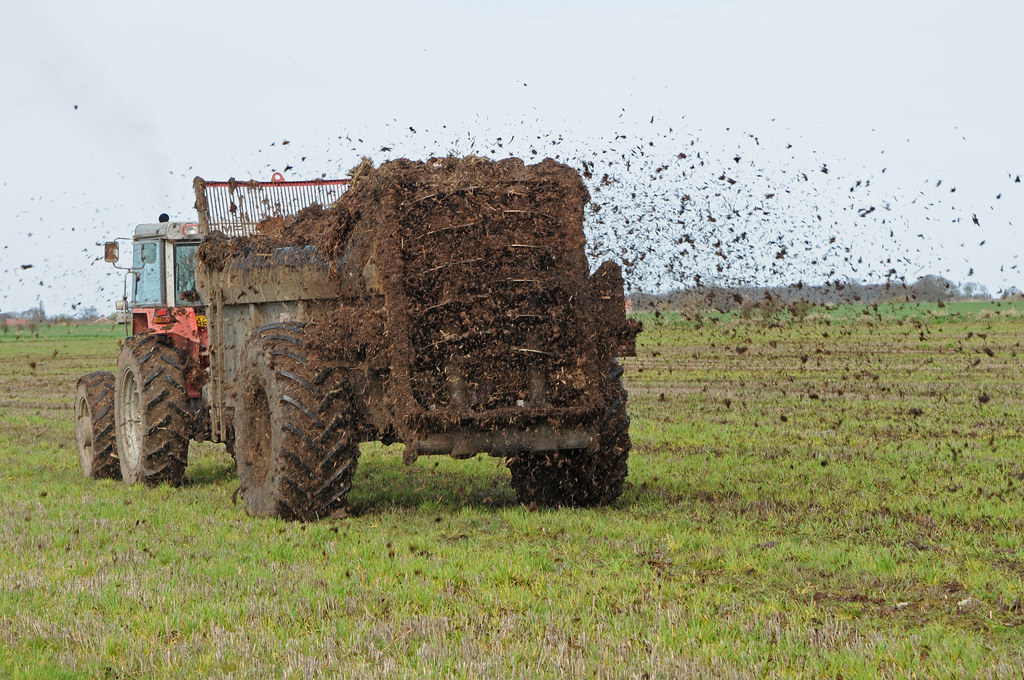One of the first steps to determining the right rate for a specific field and crop, is to determine the desired yield. Since the yield is directly related to the nutrient needs of a crop, setting a meaningful yield is vital to the process.
By utilizing grid soil sampling, variability within fields can be addressed by providing the right rate of nutrients in each area of the field as needed. Additional practices to assess nutrient needs are plant analysis, tissue tests, and deficiency symptoms to determine if rate adjustments are necessary.
In order to achieve the right rate of nutrients, all forms of available nutrient sources need to be taken into account. This includes, in most farming operations, quantity and plant availability of nutrients from sources such as manure, composts, biosolids, crop residues, atmospheric deposition and irrigation water, in addition to applied commercial fertilizers.
Some loss of nutrients is unavoidable, making it important to predict fertilizer use efficiency. In order to meet plant demand, the amount of loss should also be considered. It is important to maintain long term soil fertility, and part of that process is to consider all impacts to soil resources. If the output of nutrients from a cropping system is greater than the inputs, soil fertility will decline.
Another consideration is rate-specific economics. Some nutrients can be retained in the soil whereas others are unlikely to remain from one season to the next. In the case of nutrients unlikely to be retained in the soil, the most economic rate is where the amount of nutrient applied is equal in value to the increase in crop yield generated by the nutrient application. As to nutrients likely to be retained in the soil, the value to future crops can be regarded in the decision-making process.
This may seem like a lot of specifics to manage. Ag retailers have been working diligently to create software and application systems to assist producers with these challenges. Here are a few of the potential services available for producers through their trusted ag retailer:
- Grid soil sampling, determining variable rate application
- Assistance with accounting for nutrient credits. This could include crop residue from the previous season, manure application, etc.
- Testing of irrigation water for nitrogen content to adjust fertilizer application rates as needed
- Utilize soil maps available from grid soil sampling to establish the macro and minor elemental needs
- Assessing plant nutrition throughout the season for each stage of plant development by utilizing tissue sampling for N, P and K needs as well as minor elements
- Determine the efficiency of implemented practices by evaluating annual yield and nutrient use
The implementation of practices to determine the right rate of nutrients for a specific crop and/or field can grow over time. Some producers may prefer to begin with grid sampling and add a second application of N in year 1 and then add other practices such as tissue sampling in subsequent years.
Each farming operation is unique with specific needs. Producers can benefit by expanding on the relationship with their trusted ag retailer to see what practices would benefit their farming operation economically and agronomically.
Sources:
https://nutrientstewardship.org/4r-pocket-guide/

